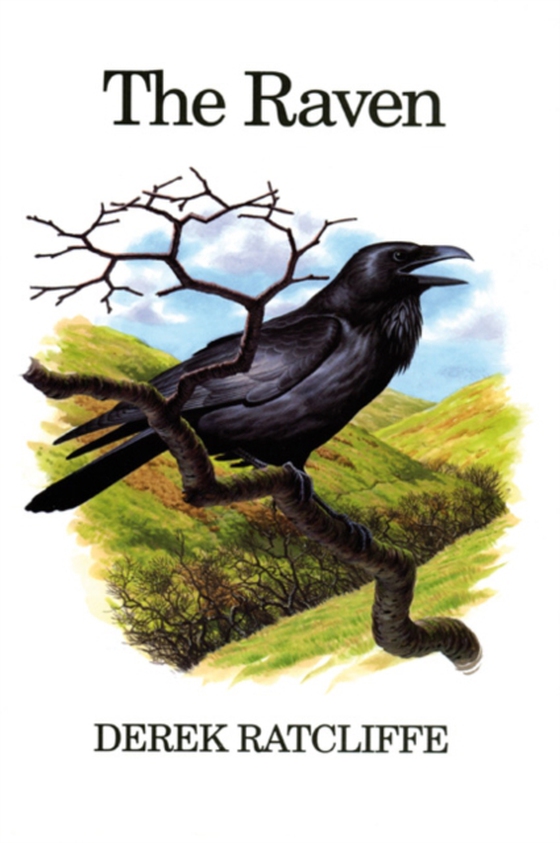
Raven e-bog
546,47 DKK
(inkl. moms 683,09 DKK)
The Raven presents a summary of knowledge of its natural history, describing its distribution, feeding habits, association with other animals, and breeding. The Raven is one of the most spectacular and romantic of British birds, but relatively neglected in the modern literature of ornithology. Derek Ratcliffe here presents a thorough summary of our knowledge of its natural history, emphasizin...
E-bog
546,47 DKK
Forlag
T & AD Poyser
Udgivet
31 januar 2010
Længde
352 sider
Genrer
1DBK
Sprog
English
Format
epub
Beskyttelse
LCP
ISBN
9781408128640
The Raven presents a summary of knowledge of its natural history, describing its distribution, feeding habits, association with other animals, and breeding. The Raven is one of the most spectacular and romantic of British birds, but relatively neglected in the modern literature of ornithology. Derek Ratcliffe here presents a thorough summary of our knowledge of its natural history, emphasizing the long association of the bird with humankind. The place of the Raven in myth, legend and history is long established, and this book describes the bird's fall from grace as a valued scavenger in medieval cities to a persecuted outcast in the modern wilds. The previous wide occurrence of Ravens is reviewed against the relationships between their present distribution, status and habitat requirements, as both a nesting and a non-breeding resident. The dependence of Ravens on carrion (especially sheep) within an omnivorous diet is the key to the species' ecology, and its social behaviour has evolved in close relation to this lifestyle. The flocking and communal roosting of non-breeders are major features of Raven behaviour, while their nesting habits emphasise the territorial nature of breeding birds and their adaptation to secure but harsh environments. Raven numbers vary in relation to their food supply, local populations adjusting accordingly, although the precise mechanism involved is still obscure. Ravens have a considerable capacity for recolonising old haunts when suitable conditions are restored, as well as exploiting new areas where the habitat becomes favourable, and there are local success stories to tell. Nationwide, however, the species' position is delicately balanced and depends on both sympathetic land management practices and improving attitudes to Ravens as friends not foe. Worldwide, Ravens are one of the most successful of all bird groups, occurring over a large part of the northern hemisphere, and replaced in some southern and tropical regions by other raven species which exploit the familiar raven niche in their own environments. The discussion of the northern hemisphere species is enlivened by reference to other species where useful. Finally, the Raven's age-old reputation for high intelligence is weighed critically against the available evidence. Today, Ravens carry a new omen in the modern world, as a barometer of goodwill to wildlife. Like those in the Tower of London, the continued existence of Ravens in our wild countryside will reveal something about both our current situation and our prospects for the future. The text is brought to life through wonderful illustrations by Chris Rose.
 Dansk
Dansk

